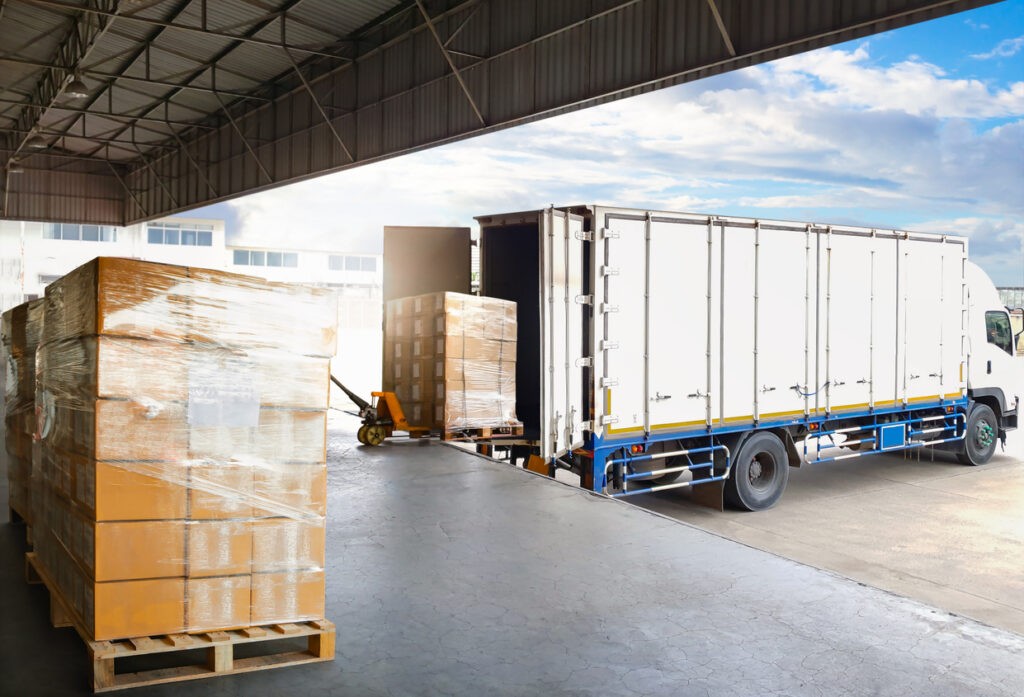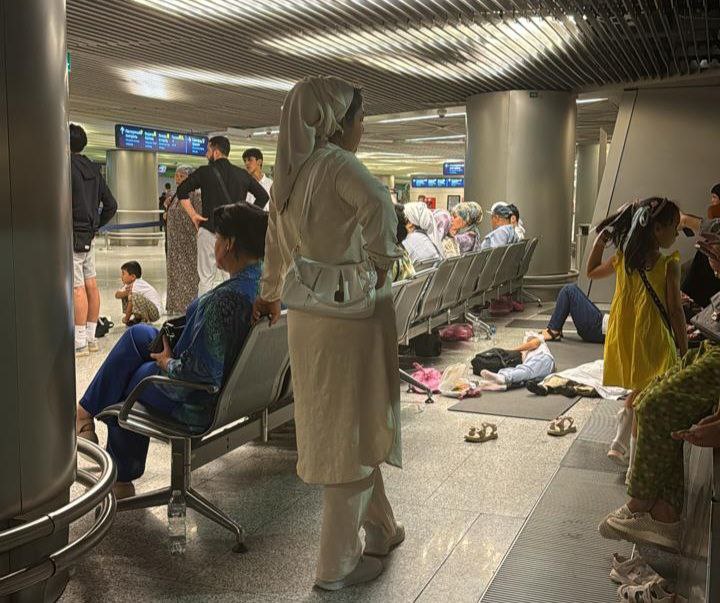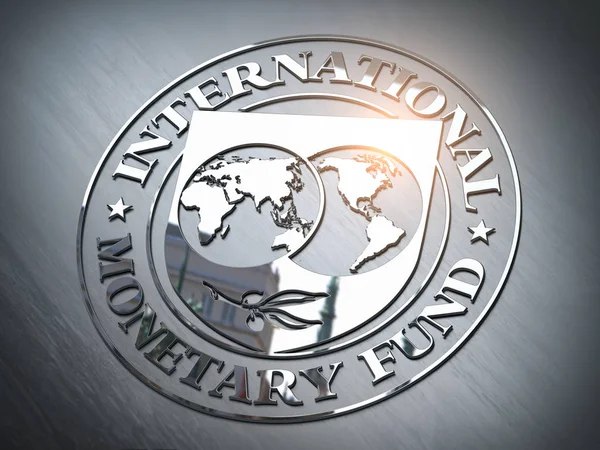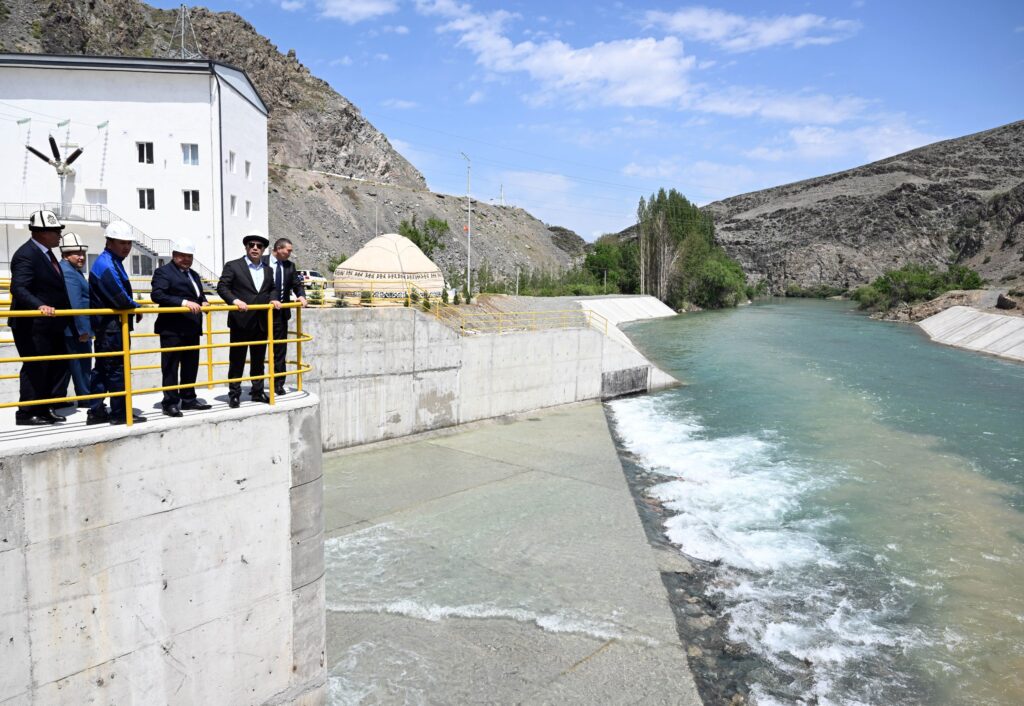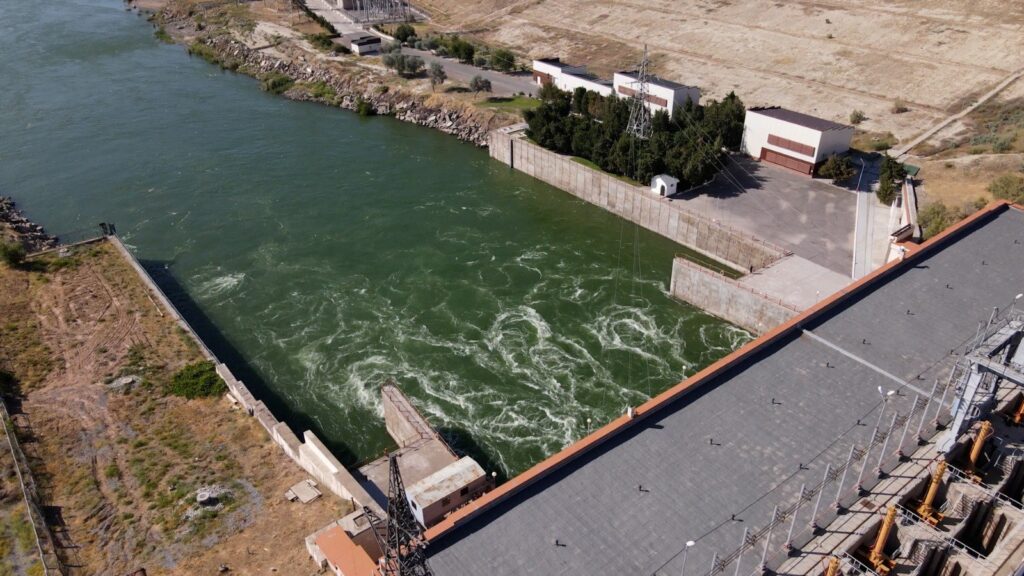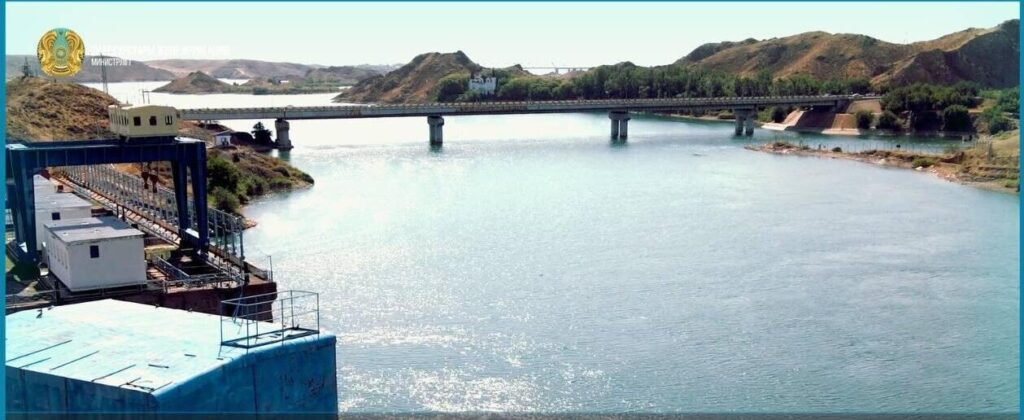DUSHANBE (TCA) — Tajikistan has made significant progress over the past decade in providing access to safe drinking water, sanitation, and hygiene for its citizens. However, many challenges remain. This is especially true in rural areas where only about one-third of households have access to clean drinking water sources on their premises, compared with more than 87% in urban areas, according to a new World Bank report.
The report, Glass Half Full: Poverty Diagnostic of Water Supply, Sanitation and Hygiene Conditions in Tajikistan, finds that despite the progress made in providing access to improved drinking water, sanitation and hygiene, Tajikistan — abounding in water — continues to have some of the poorest conditions in Central Asia. Even households that have access to improved drinking water sources face challenges with the availability, continuity, and quality of water supply. One in four families report not having access to sufficient quantities of water when needed, while service is often interrupted for long, unspecified periods of time because of breakdowns in water supply infrastructure.
“The ‘half empty’ glass relates to poor service conditions, particularly for rural population, the poor, and children, contributing to critical challenges of reverting high prevalence rates of childhood malnutrition and stunting,” said Jan-Peter Olters, World Bank Country Manager for Tajikistan. “However, for the ‘half full’ portion, the Government of Tajikistan and the World Bank are collaborating closely on improving policies, institutions, and infrastructure, with a view to achieving universal access to safe drinking water, sanitation and hygiene, particularly across the rural-urban space.”
According to the report, access to improved drinking water sources increased from 45% to 71% of the rural population between 2000 and 2016, largely reflecting the replacement of surface water with water from public standpipes. Whereas in rural areas private piped connections reach only limited segments of the population, more than 80% of the urban population has access to piped water connections. The reform focus, in both rural and urban areas, will remain on efforts to improve the continuity of water supply, as well as to improve its safety for consumption.
Over the past decade, the share of the population that does not have access to sanitation facilities has steadily declined. At present less than 2% of the population has access to flush toilets in rural areas compared to 60% in cities. Spatial disparities persist, whereby Dushanbe accounts for more than four-fifths of all sewer connections across the country.
The population with the poorest water, sanitation, and hygiene conditions — overlapping with the risk factors for diarrhea, stunting, and childhood mortality — are largely concentrated in districts with high poverty rates. Beyond the adverse health impacts on children, households in Tajikistan face challenges of monetary and nonmonetary costs related to poor and unequally distributed water, sanitation, and hygiene services. For example, they often incur significant costs for repairs, water treatment, and water transportation. The conditions are particularly dire in rural settlements, where 76% of Tajikistan’s rural population lives.

